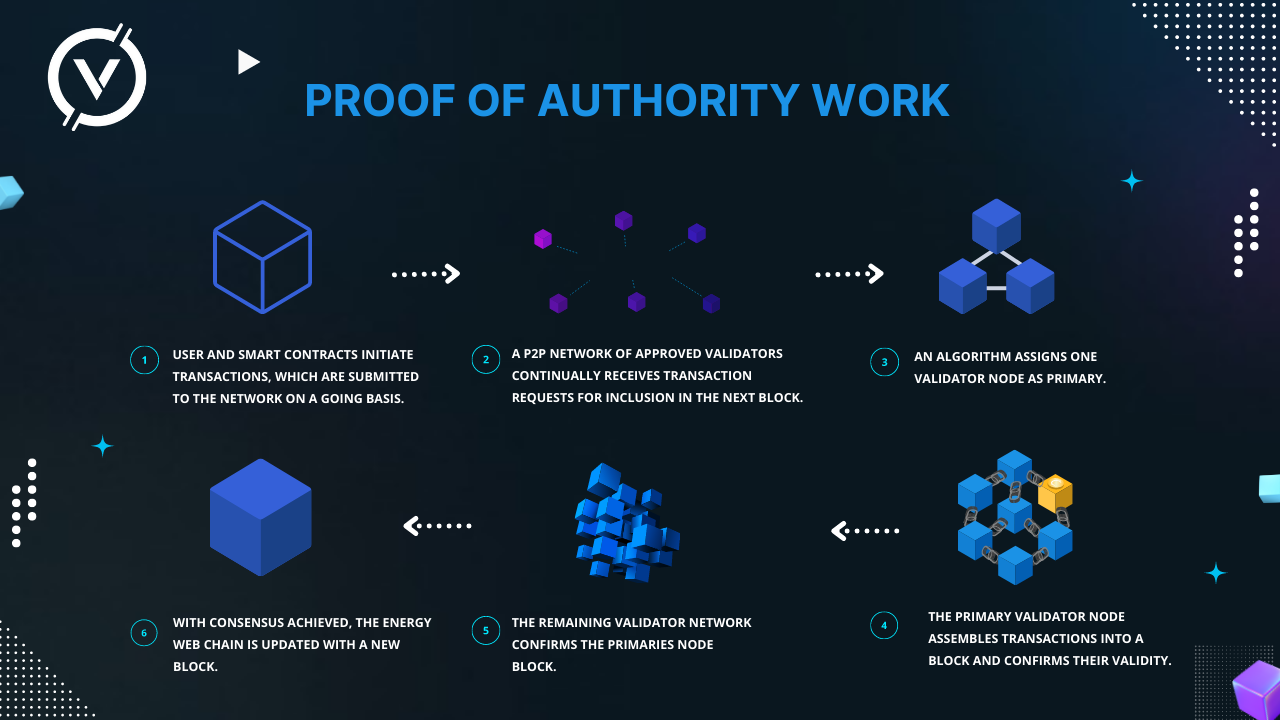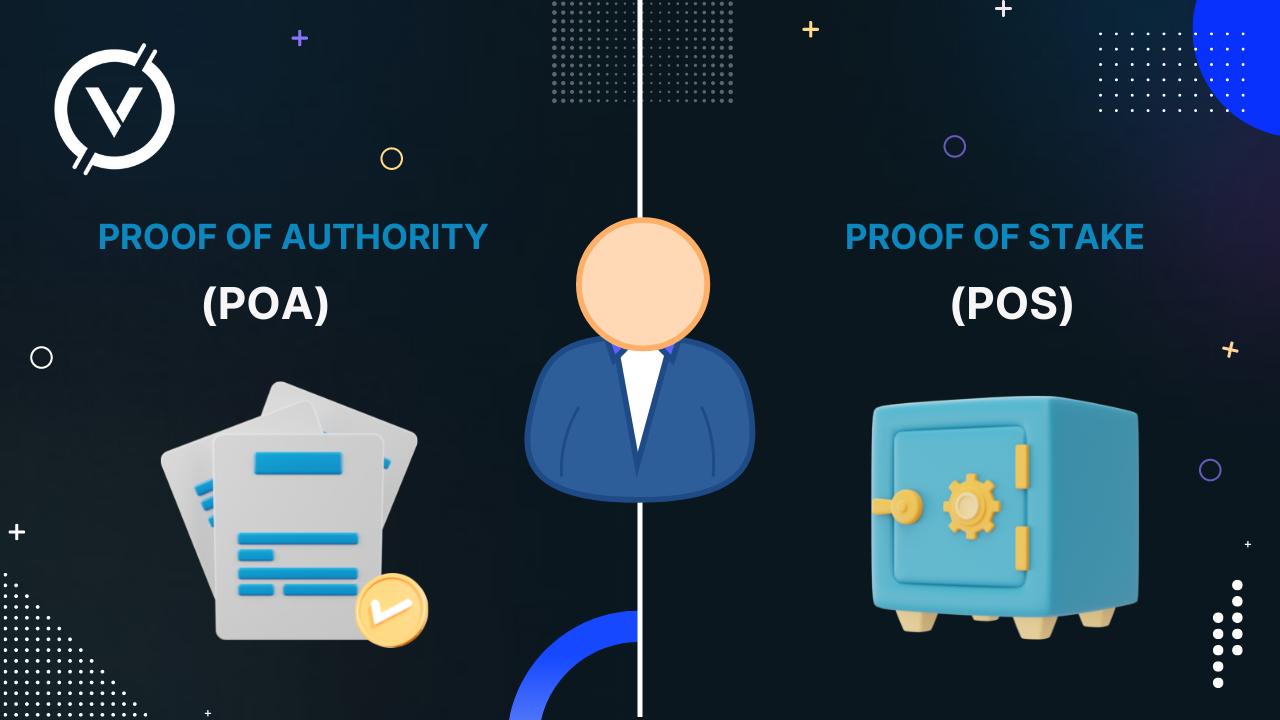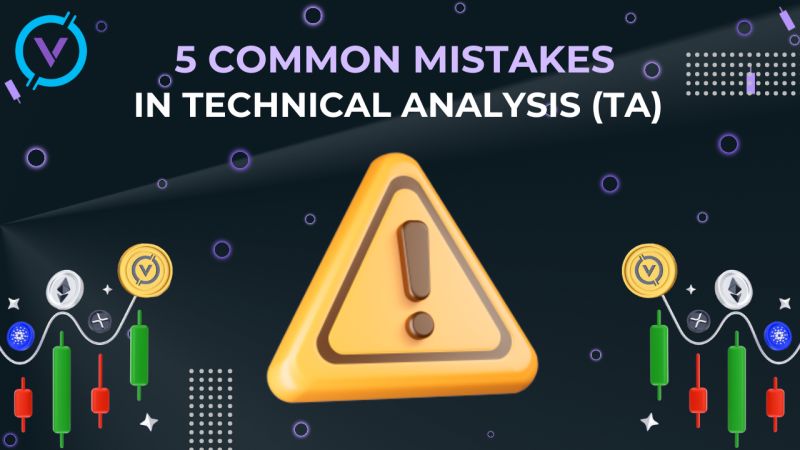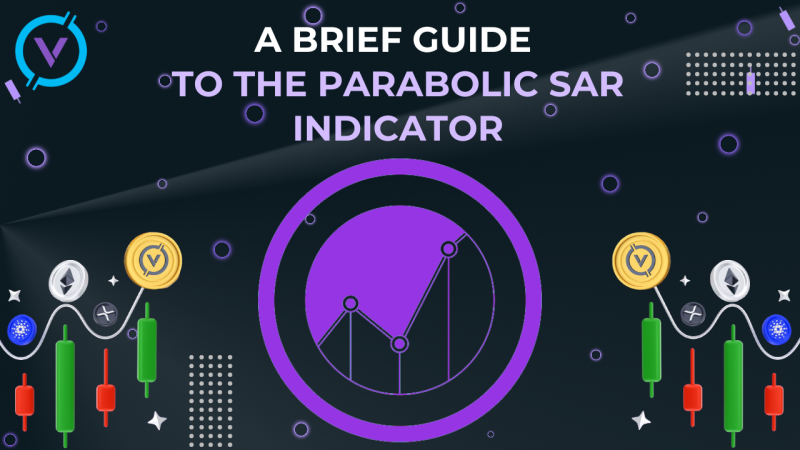Since the first blockchain-based Bitcoin transaction, the situation in the cryptocurrency world has changed dramatically. Along with the already familiar Proof of Work and Proof of Stake algorithms, other blockchain consensus options have emerged.
The PoW consensus algorithm in Bitcoin is today the most reliable and safest that we know of, but it is not really large-scale. PoW-based blockchains are limited in the number of transactions per second (TPS). This is because Bitcoin uses a distributed network of nodes that need to reach consensus and match the current blockchain state. Thus, before a new block of transactions is confirmed, it is necessarily validated and approved by most nodes in the network. Consequently, Bitcoin's decentralized nature not only allows for a secure and trustworthy economic system, but also reduces its potential for larger-scale use.
In terms of transactions a second, the Proof of Stake blockchain performs better than Bitcoin. At the same time, the difference in performance is minimal, and the PoS network has not been successful in scaling up.
Because of this, Proof of Authority is used today as an alternative with greater efficiency due to the fact that it can complete more transactions per second.
Proof of Authority

Proof of Authority (PoA) is a reputation-based consensus algorithm that is a practical and powerful solution for blockchain networks (including private ones).
The PoA consensus algorithm relies on identity value, which means that verifying blockchain nodes stake their reputation rather than coins. Therefore, the PoA blockchain is protected by validating nodes that are randomly chosen to be credible entities.
The Proof of Authority concept is based on a limited number of block validators, and that is what makes it a high-scale system.
What makes Proof of Authority a high-scale system?
Proof of Authority relies on a limited set of blockchain-validators. And the system's moderators are pre-selected members who also validate blocks and transactions.
The PoA consensus algorithm is suitable for a variety of situations and is of great importance for logistics applications. In supply chains, for example, PoA is an efficient and feasible output.
By using the Proof of Authority model, companies continue to remain private, while being able to take advantage of blockchain technology. Microsoft Azure is one more example of a PoA implementation. In a nutshell, platform Azure solves the problems of private networks with a system and it does not need to create its own currency such as Ethereum "gas" because it does not require mining.
Proof of Authority and Proof of Stake

A number of users consider PoA a modified PoS because it uses identities instead of coins. Since most blockchain networks are decentralized, PoS is not always suitable for some businesses and corporations. Whereas PoA systems are a better option for private blockchains because their output is much higher.
Conditions for proving authoritative consensus
The conditions may be different depending on the system, but the PoA consensus algorithm usually depends on:
Reliable and trustworthy identifiers: the persons performing the verification (validators) need to confirm their real identity.
Difficulties in obtaining validator status: the applicant must be prepared to invest money and risk own reputation. Strict selection of applicants reduces the chances of selecting dubious validators and encourages long-term cooperation.
Standard validator approval: the validator selection technique should not be inferior to all candidates.
At the heart of the reputation-building mechanism is complete confidence in the identity of the validator. The process must be able to weed out unscrupulous players. At the same time, the fact that all validators go through the same procedure is a guarantee of the integrity and reliability of the system.
Limitations
The PoA mechanism is characterized by the fact that it excludes decentralization. Thus, there is a view that using this model of the consensus algorithm can make centralized systems more powerful and successful. This situation makes PoA an interesting proposition for large companies with logistics needs, but it still raises some doubts - especially in the cryptocurrency sphere. PoA systems do have high data rates, but consistency issues are questioned if censorship and blacklisting are easily achieved.
There are often comments about PoA validator identities being open to all. The thesis against this is that only recognized players who can hold the position will aspire to become a validator.
Nevertheless, with knowledge of the identities of the validators, a person could be subject to manipulation by third parties. For example, when competitors seek to disrupt the PoA-based network, they can pressure publicly known validators to operate dishonestly so that they can hack into the system itself from within.
PoW, PoS or PoA each have their own particular strengths and weaknesses. We know that decentralization is an important factor in the cryptocurrency community, and PoA, which is a consensus mechanism, makes the sacrifice of decentralization in order to reach higher throughput and high scalability.
The properties specific to PoA systems are very different from the way blockchain has worked so far. Nevertheless, PoA is a very interesting method and should not be neglected as a promising blockchain solution that can be used well in private blockchain applications.


